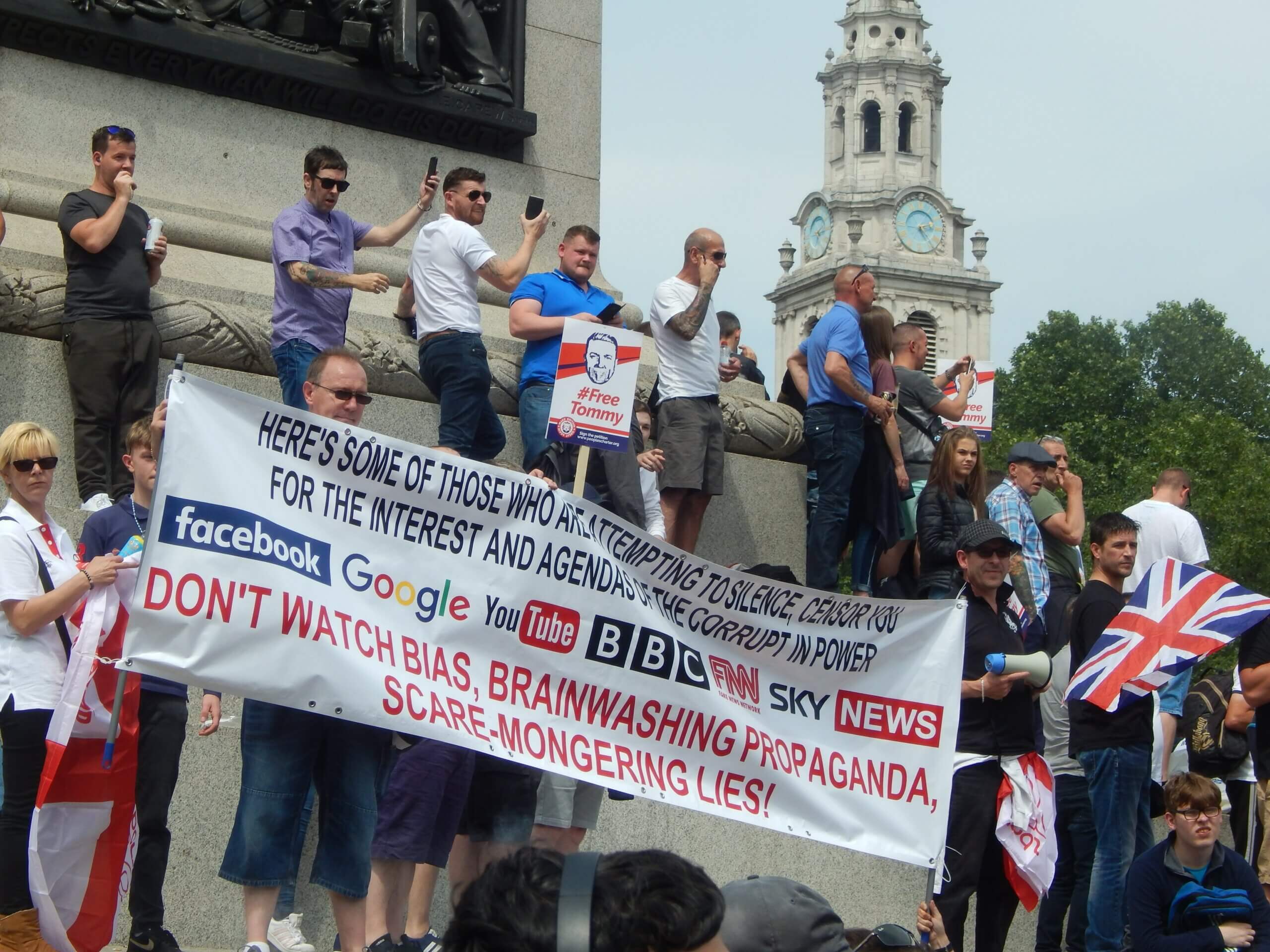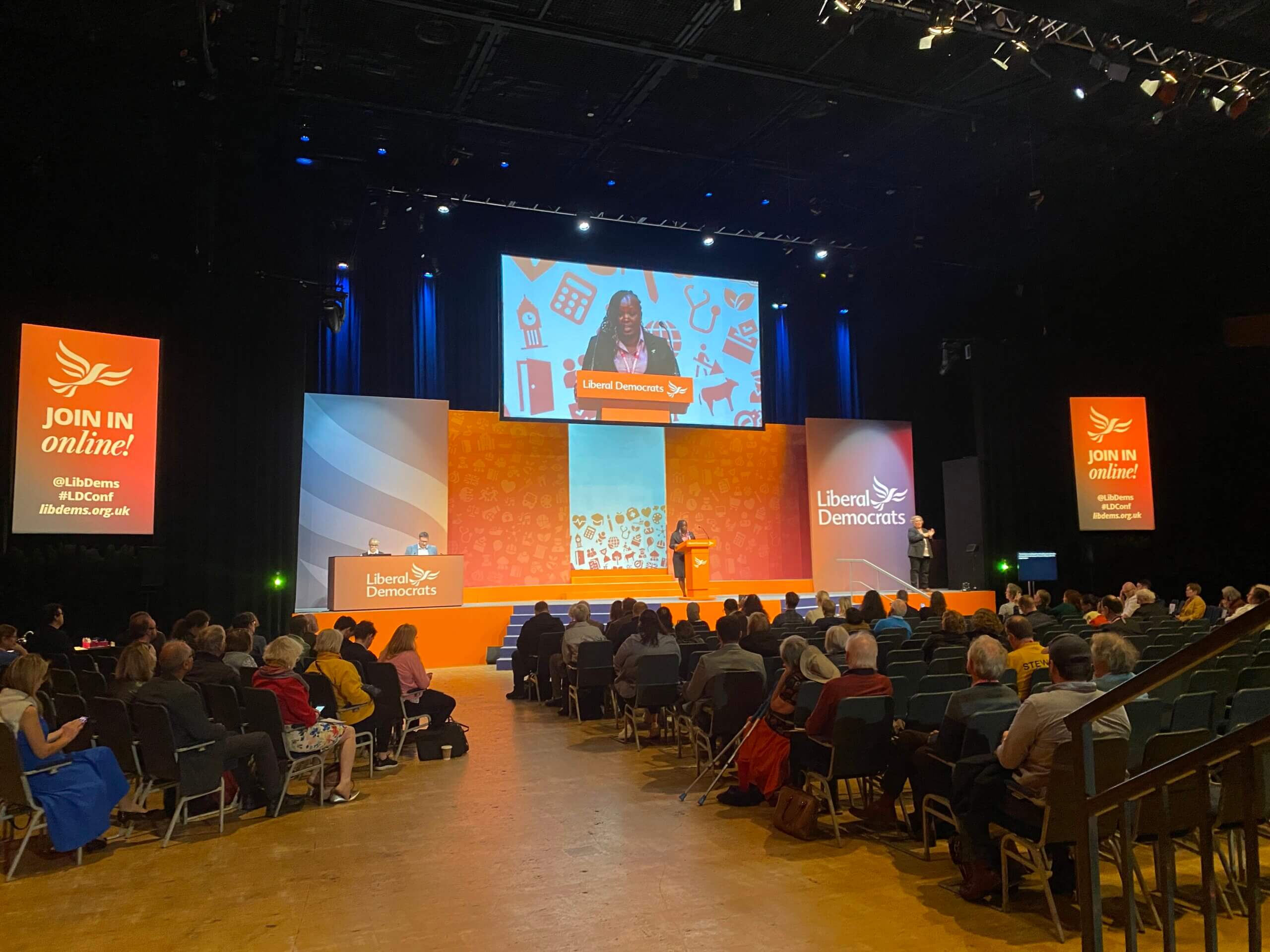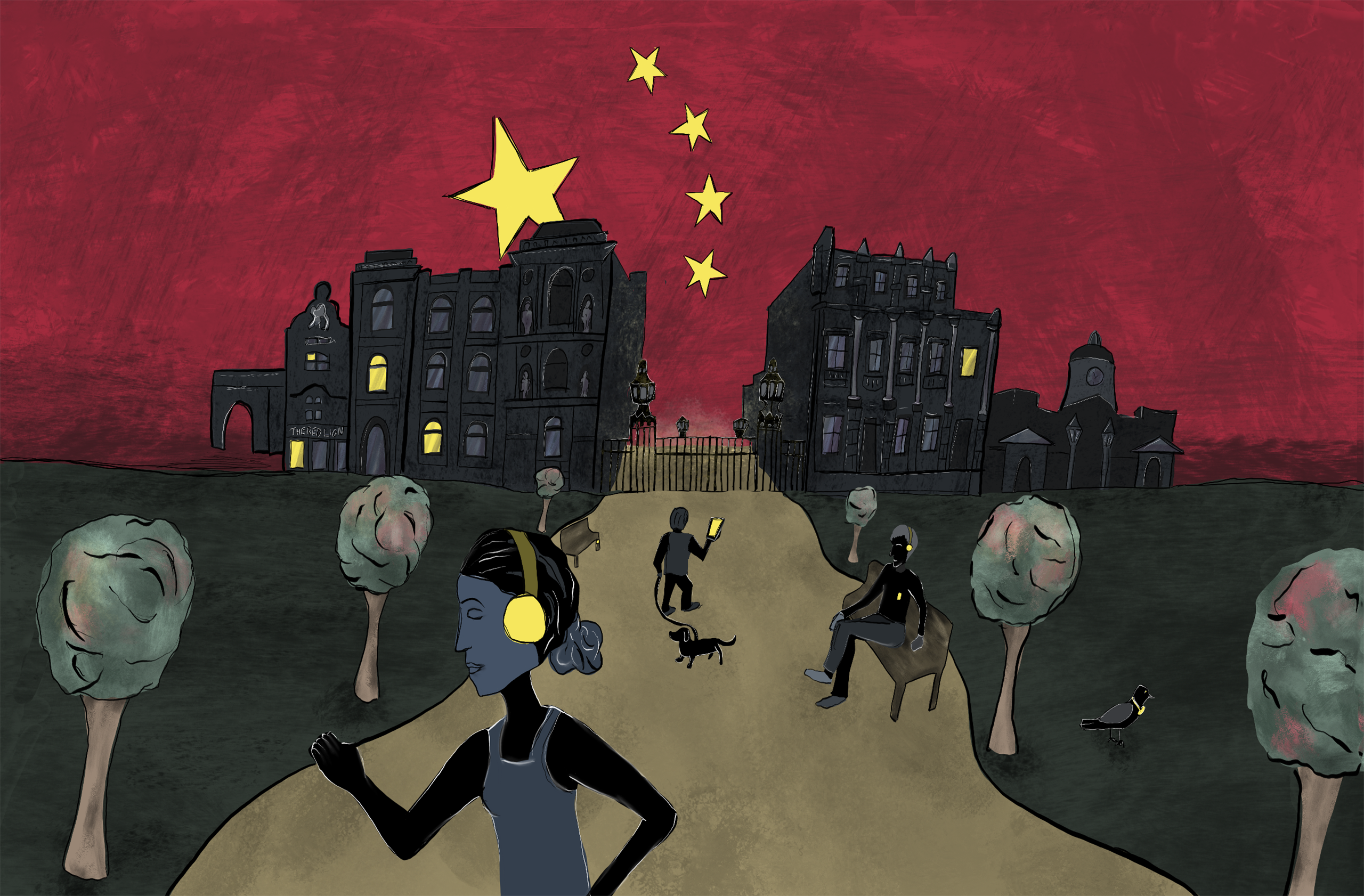What is Blue Labour?
Few people associate the colour blue with the Labour Party, or even the movement more widely. However, despite it being the traditional colour of the Conservative Party, some within the Labour Party want to embrace elements of conservatism which the colour blue has represented. This blog explores what Blue Labour actually is, its ideological foundations, and examines its growing influence within the Party.
Launched in 2009, during a meeting at Conway Hall in Central London, Maurice Glasman, now Lord Glasman, described Blue Labour as a ‘deeply conservative socialism’ rooted in ‘family, faith and work.’ The movement grew through seminars at University College, Oxford, and London Metropolitan University. Self-described as a movement to ‘constrain capitalism’s tendency to commodify human beings and nature,’ Blue Labour advocates for an interventionist economic approach, describing the state as the ‘best tool’ to control global capital whilst leaning right on social and cultural issues like immigration. Glasman’s ideology, influenced by Aristotle and Hungarian economist Karl Polanyi, initially caught the attention of Ed Miliband, who had just become Labour leader. Despite Glasman’s influence in the party later waning, his advocacy for Blue Labour from the sidelines did not.
A Parliamentary presence
Lord Glasman’s long and arduous advocacy of Blue Labour ideals has culminated in a Blue Labour Parliamentary Group being established. Although Labour had lost four general elections since the launch of Blue Labour, the movement now seems to have reached its peak in terms of influence in the aftermath of a historic Labour majority. Reform’s rise and Labour’s electoral fragility has pushed the party to re – evaluate its ideological direction, leading to the formation of a Blue Labour Parliamentary Group.
Dan Carden, MP for Liverpool Walton, now leads the newly formed Blue Labour Parliamentary Group. Once aligned with the Socialist Campaign Group, Carden’s journey toward Blue Labour could be described as an ideological shift; with Carden admitting he has become “more open” to its principles.
The group’s other MPs all entered Parliament in 2024 and represent post – industrial constituencies. Jonathan Hinder MP serves Pendle and Clitheroe, Jonathan Brash MP represents Hartlepool and David Smith MP represents North Northumberland.
As Reform gains traction across the country, Blue Labour’s ideas seem to be resonating within the party’s upper ranks. Keir Starmer’s chief of staff, Morgan McSweeney, is reportedly watching the work of key Blue Labour thinkers – Glasman, former MP Jon Cruddas, and academic Jonathan Rutherford.
Blue Labour’s ideas have also attracted national interest. Having published articles on its website for years, only recently have Blue Labour’s articles captured national media attention. The Guardian highlighted the article, “What Is To Be Done,” in which Blue Labour calls for an end to Diversity, Equity and Inclusion (DEI) practices. No longer a fringe group at the annual party conference, Blue Labour now appears to be converting its intellectual energy into seriously attempting to influence policy.
Looking abroad
Those within the group have drawn inspiration from European counterparts. Jonathan Hinder recently tweeted that Labour has “so much to learn” from Denmark’s Social Democrats, following an event with former Danish MP and journalist Joachim Olsen. Hinder praised the Danish Social Democrats’ tough stance on immigration, arguing that it helped defeat the populist right with the Danish nationalist party ‘scrambling’ to hold a single seat in the most recent European elections.
What lies ahead?
Following the recent Reform surge in the 2025 Local Elections, the debate within the Labour Party has been whether to move in a more ‘Blue Labour’ direction. Those who disagree within the Party argue that it will simply embolden Reform and further highlight an issue – immigration – that Labour is never going to be able to ‘out-Reform’ Reform on. General polling suggests that a party which leans left economically and slightly right on social and cultural issues, may be in the ‘sweet spot’ in appealing to the median voter and building a sustainable, winning coalition.
However, the conundrum for Labour in the current political climate, is that despite Reform voters believing that Labour are looking to appeal to them, only 4% of Reform UK voters rate their likelihood to even consider voting Labour in the future as a ‘six out of ten,’ whilst 79% say they would never consider voting for Labour according to YouGov. Simultaneously, Labour faces a potential erosion of their progressive vote with Labour losing more voters to the Greens and Lib Dems than to Reform, also according to YouGov.
Whether Blue Labour can maintain this level of influence is clearly down to how the political landscape develops. ‘Starmerism’ is malleable, and if the leadership believes that appealing to Reform voters is most likely to deliver electoral results, then Blue Labour’s influence may continue to increase. With the 2026 local elections looming however and all London councils being up for grabs its standing with its more progressive electoral base will be tested. Should Labour underperform in London, and lose its more reliable electoral base in recent years, then another ideological reconsideration may take place.
Blue Labour has had political influence before, in the Miliband years, but it never reached a critical level of support to be reflected in the Labour Party’s broader image. Whether this time Blue Labour and its ideals can achieve political power and leave an ideological footprint on the Labour Party is the question that lies ahead.







